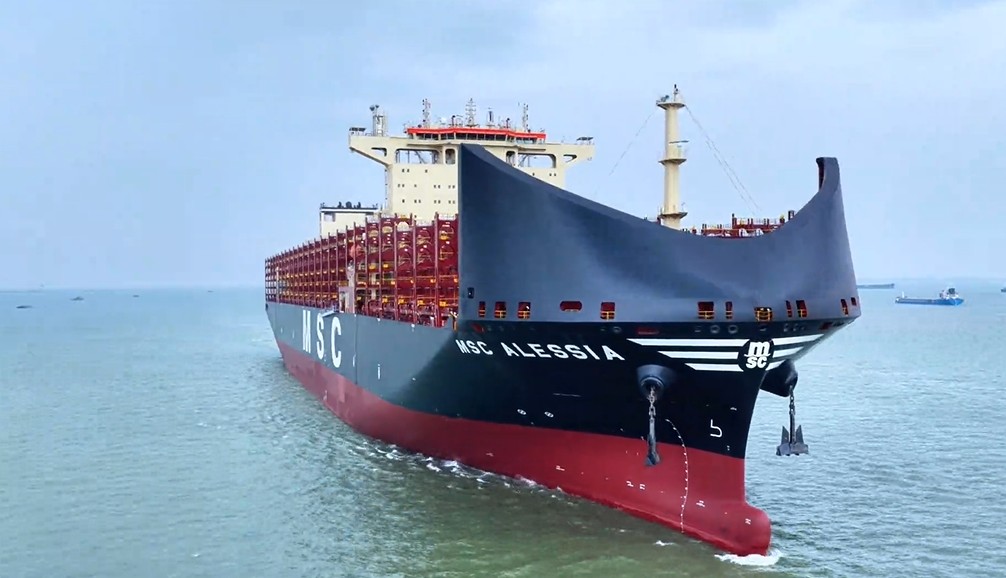This story requires a subscription
This includes a single user license.
DNV said on Friday that a total of 28 new orders for alternative-fueled vessels were placed in July.
This is slightly up from the 19 orders recorded in June, in line with the steady pace of activity seen in the first half of the year, the classification society said.
According to DNV, LNG remains the dominant fuel choice, accounting for 22 of the 28 orders.
The majority of these orders were concentrated in the container segment (19, with the rest tankers (2), and a research vessel).
Methanol followed with three new orders, including two bulk carriers and one offshore vessel.
DNV also said that July saw two ammonia-fuelled gas carriers ordered, and for the first time, one ammonia bunker vessel was added to the orderbook.
During the first half of this year, there were orders for 87 LNG-fueled ships, totaling 14.2 million gross tonnes so far in 2025.
In total, there were orders for 109 LNG-powered ships during June-July.
Jason Stefanatos, global decarbonization director at DNV Maritime, said, “July’s data reinforces what we observed in the first half of the year: the alternative-fuelled vessel market is showing resilience. Owners are not just experimenting, they’re investing in scalable, compliant solutions.”
“The first-ever order of an ammonia bunker vessel is a signal that supporting infrastructure is beginning to align with long-term fuel strategies. Combined with continued LNG and methanol bunker vessels activity, this points to a sector that is actively positioning itself towards increased demand in the future,” he said.
771 LNG-powered ships in operation
DNV’s platform shows that there are now 771 LNG-powered ships in operation and 626 LNG-fueled vessels on order.
Moreover, 199 LNG-powered containerships and 104 LNG-powered car carriers are in operation, followed by 78 crude carriers, and 75 oil/chemical tankers.
As per vessels on order, LNG-powered containerships account for a big part of the orders with 359 units. Shipping firms also ordered 106 car carriers, 48 crude oil tankers, and 42 oil and chemical tankers.
These statistics do not include smaller inland vessels or dual-fuel LNG carriers.
In the first half of 2025, 13 LNG bunkering vessels were ordered, compared to 62 in operation globally, with February marking the strongest month for this segment with eight orders, DNV previously said.
In addition to 1397 confirmed LNG-powered ships, the fleet powered by alternative fuels includes 439 methanol-fueled vessels, 287 LPG-powered ships, 43 hydrogen-fueled vessels, and 42 ammonia-fueled vessels.

